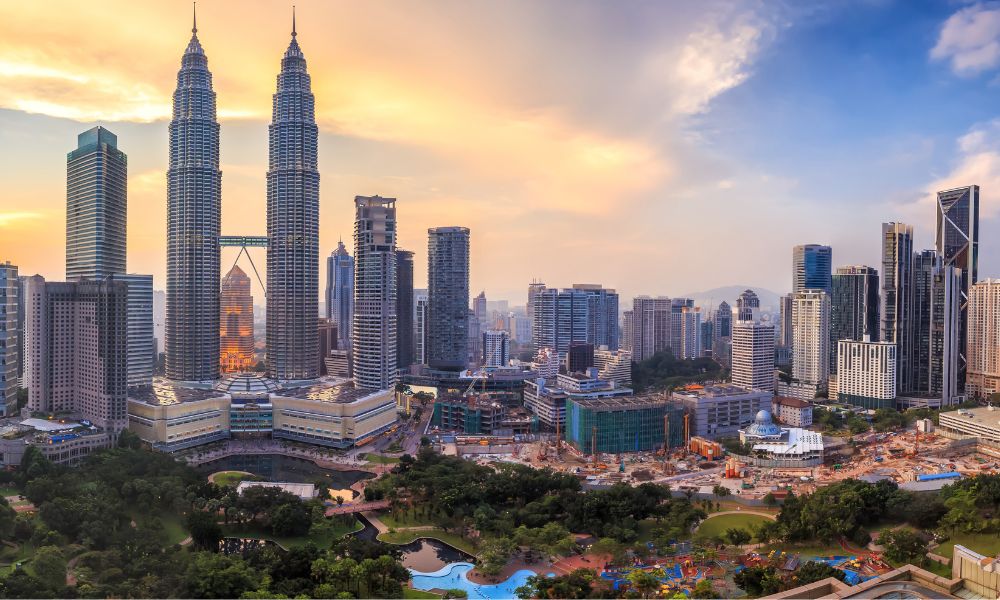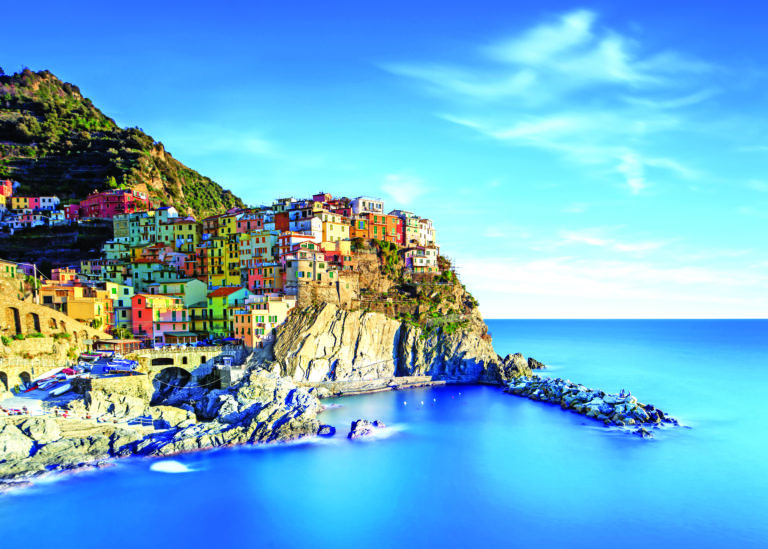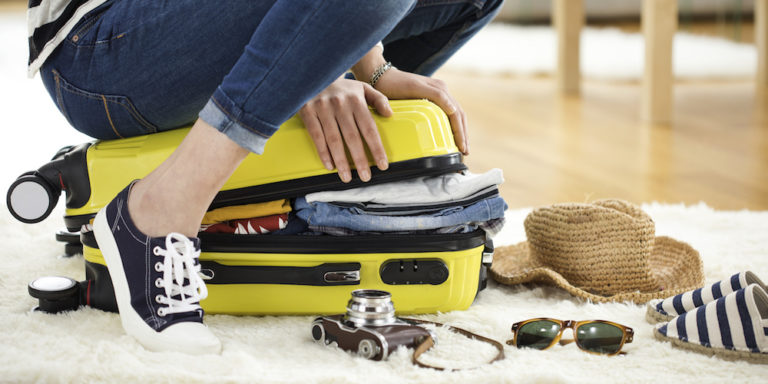Long stopover in Singapore or Dubai? Travellers often opt to stay at the airport to avoid the hustle and bustle of a new city, but don’t make that mistake when passing through Kuala Lumpur.
Unlike many other Asian megacities, the Malaysian capital is the ideal layover destination as it can be easily explored in 48 hours.
With a population of around 3 million, it’s a comparatively small city by Asian standards (not withstanding the greater metropolitan area), but there’s still lots to see so here are some tips on how to plan your city break in advance to make the most of it.
Aiming high
On day one head to one of the striking skyscrapers making up Kuala Lumpur’s skyline to get an aerial view of the city located just north of the equator.
The iconic Petronas Towers are probably the most obvious choice – twin towers connected by the highest two-storey bridge in the world in the centre of Kuala Lumpur. You can reach the observation deck on the 83rd floor using one of three elevators.
The KL Tower is a good alternative for seeing the busy city from above including the Petronas Towers. For both towers it’s advisable to get tickets online in advance, where you will be assigned a time slot.
To avoid the heat and the often heavy but short showers in the afternoon, spend some more time at the Petronas Towers, home to the multi-storey, air-conditioned Suria KLCC shopping mall. It offers everything, from global luxury brands to Australian and Japanese designers. If you aren’t into shopping, head to the food court for lunch.
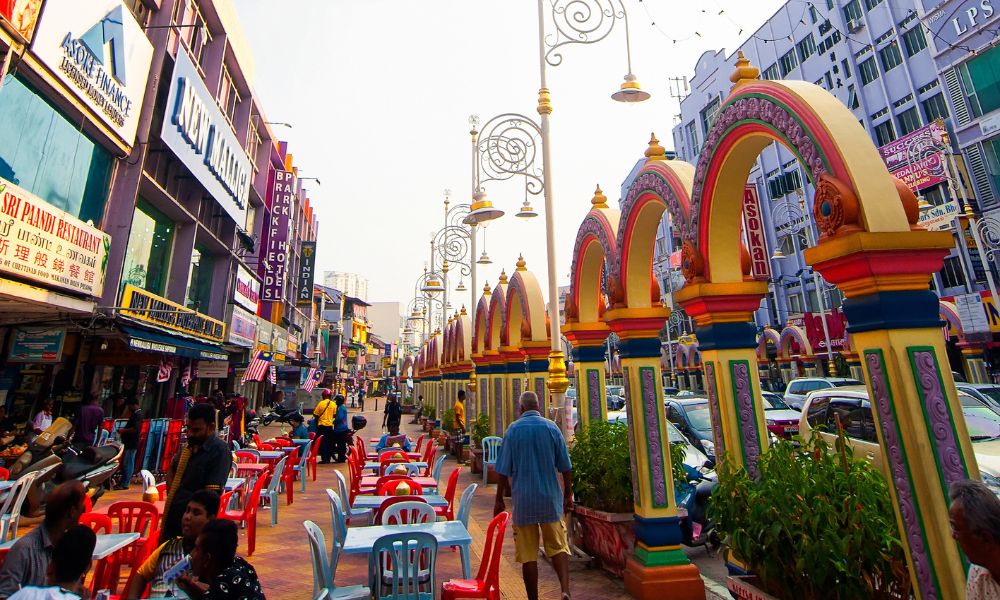
Bustling Brickfields
Right next to Kuala Lumpur Central station, around 5 kilometres from the Petronas Towers, you find yourself in Brickfields, also known as Little India.
Sample some native fruit such as rambutan, mangosteen, durian or cempedak from one of the numerous vendors and get lost in the alleyways where intensely fragrant jasmine wreaths with roses, begonias and orchids hang from the stalls.
Brickfields is home to many restaurants where you can eat for just a few Malaysian ringgit. A central element is the sink, as Indian food is traditionally eaten with the fingers. Spicy dal, tomato chutney, fiery curries served on metal plates – Indian cuisine doesn’t get more authentic than this outside of India.
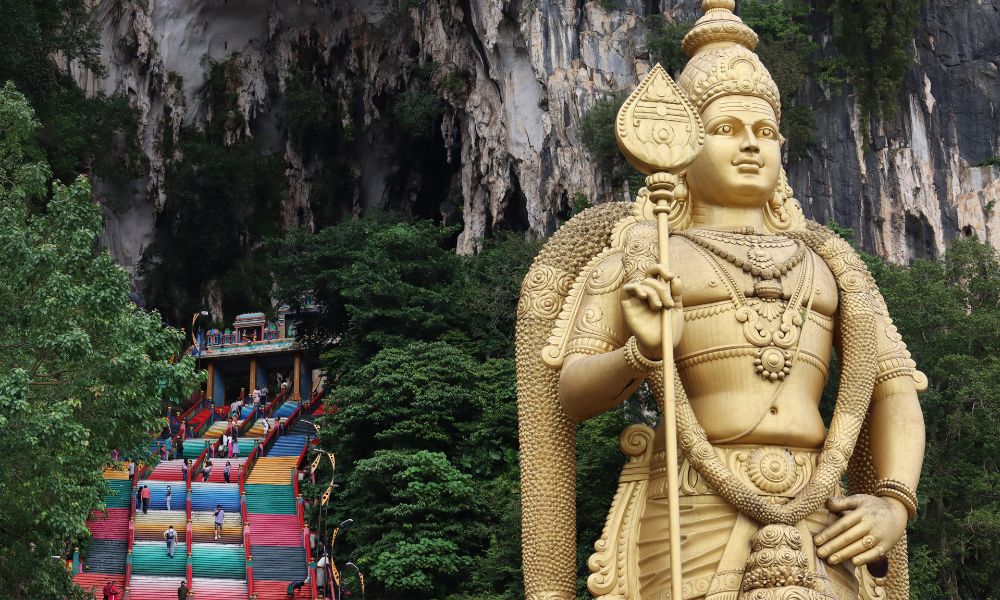
A trip to the Batu Caves
Start the second day with a trip to the north of the city, to Batu Caves, the most visited Hindu temple outside of India. The complex can be reached by train, and the gates are open from 6 am every day.
You’re rarely alone on the 272 steps leading up to the caves. Hordes of pigeons and long-tailed macaques are skilled at grabbing food from tourists.
Once a year the Malaysian Tamil community celebrates the Thaipusam festival here, during which devotees take part in a procession leading up to the limestone caves as if in a trance. Some pierce their tongues or cheeks with metal skewers, others pierce their backs with hooks. Worshippers offer sacrifices to the Hindu god Murugan, whose 43-metre high gold-plated statue towers over the entrance to the caves.
Head on to the Thean Hou Temple on Robson Heights. It’s dedicated to the Chinese sea goddess Mazu and combines elements of Taoism, Buddhism and Confucianism. The temple was inaugurated around 30 years ago, and the steep street leading up to it serves as a pilgrimage route for people who want to atone for their sins.
Next to the six-storey temple, which was built by Chinese immigrants from Hainan province, you will find colourful sculptures representing the animals of the Chinese zodiac.
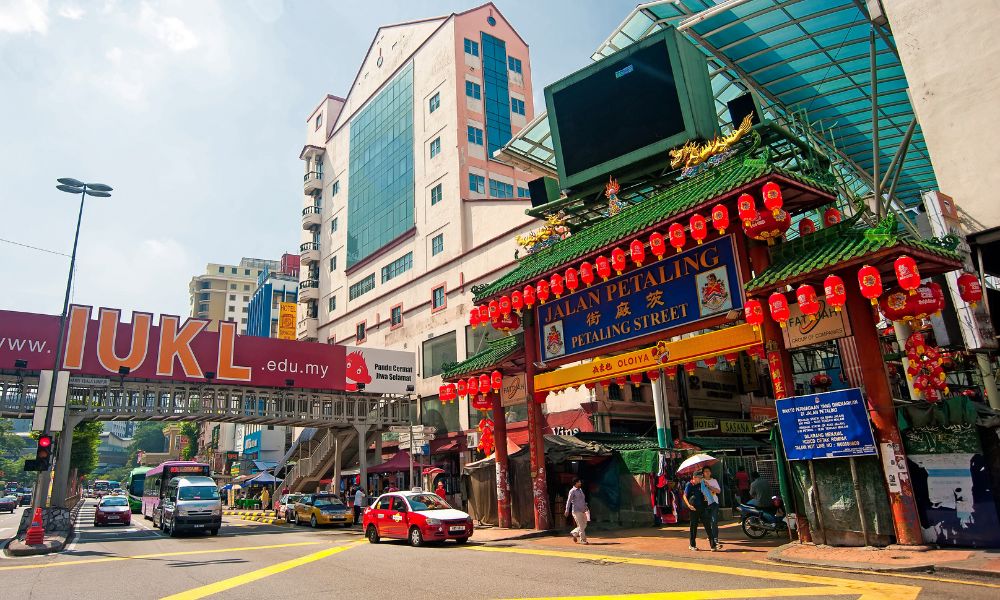
Central Market and Chinatown
For lunch head to Kuala Lumpur’s Central Market, offering a large selection of treats from all over the world. The city’s former wholesale market is also a great place to shop for (more or less authentic) souvenirs, while the surrounding streets are lined by stalls offering refreshments including bubble tea, fruit and fresh juice as well as a plethora of restaurants.
If you haven’t yet been overcome by temple fatigue, check out nearby Taoist Guan Di Temple or Sri Mahamariamman Temple, the facade of which is decorated with carved Hindu deities.
Not far from the Central Market awaits Kuala Lumpur’s Chinatown, which, like Brickfields, is full of bustling traders and exotic goods. In the Chinese medicine shops, you’ll learn a lot about the healing properties of herbs and dried animal and seafood parts, which are generally cooked in soups and eaten warm.
Here too, strolling through the alleyways and shops is the best way to experience the district – and make sure to stay for dinner.


